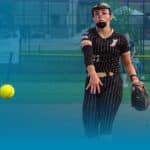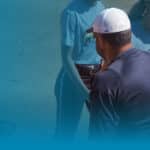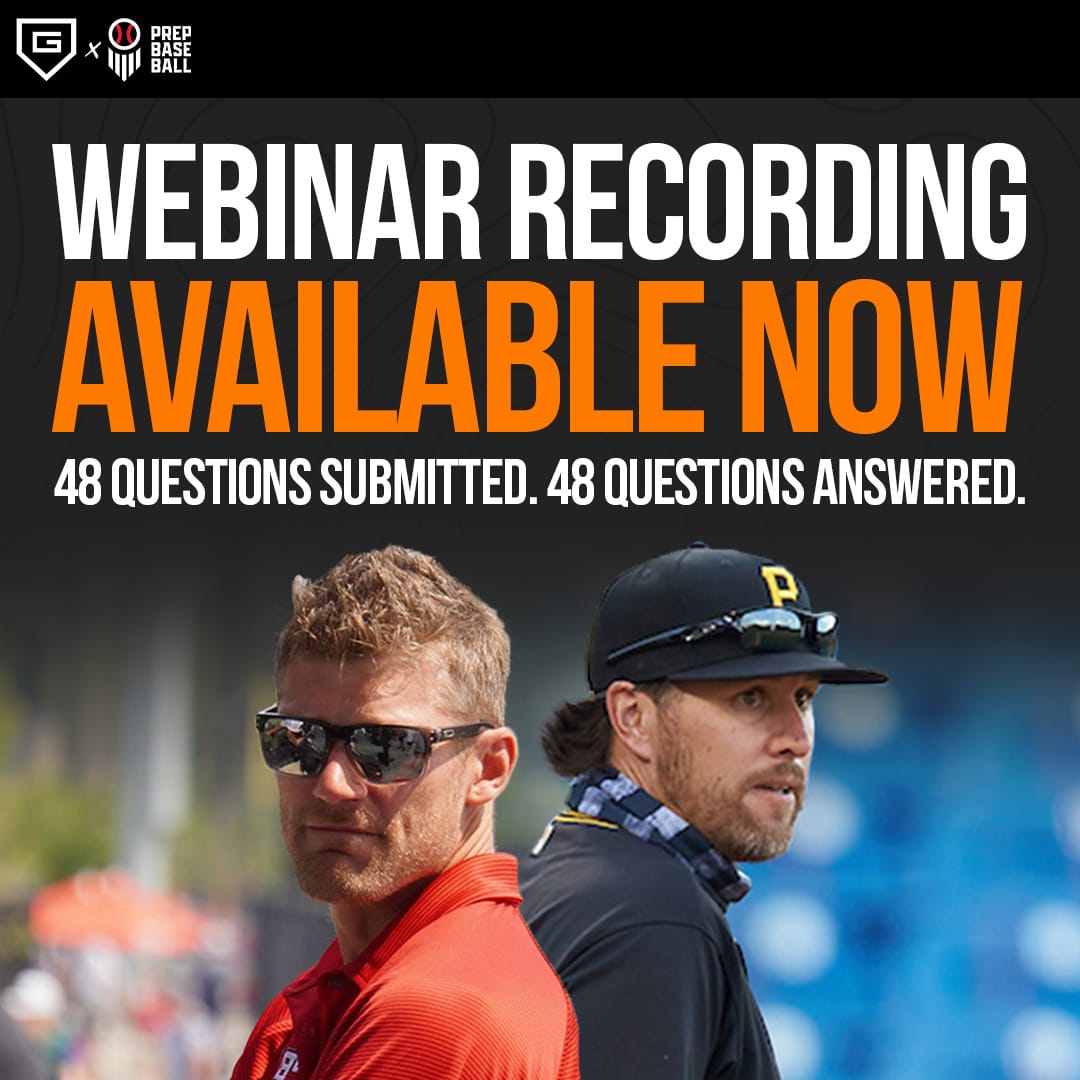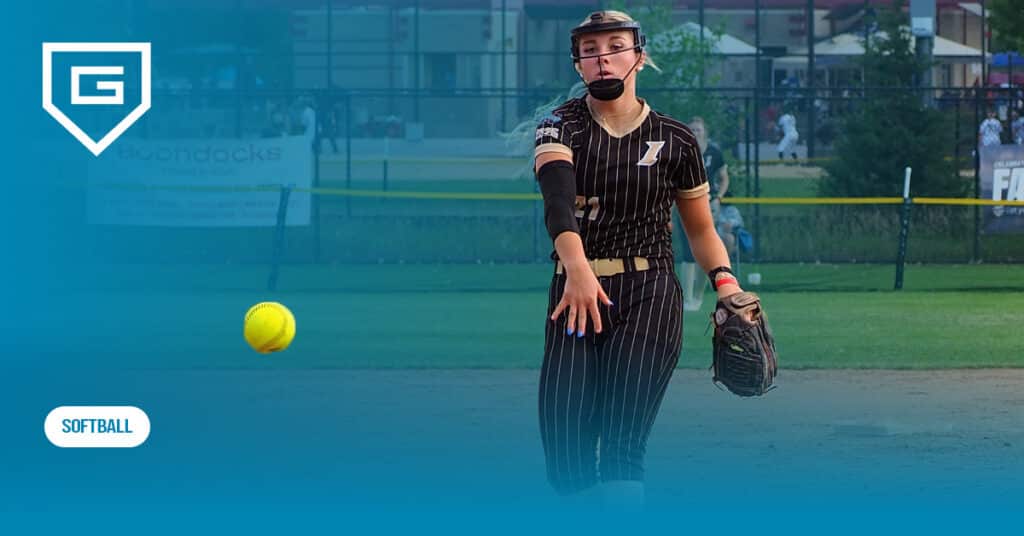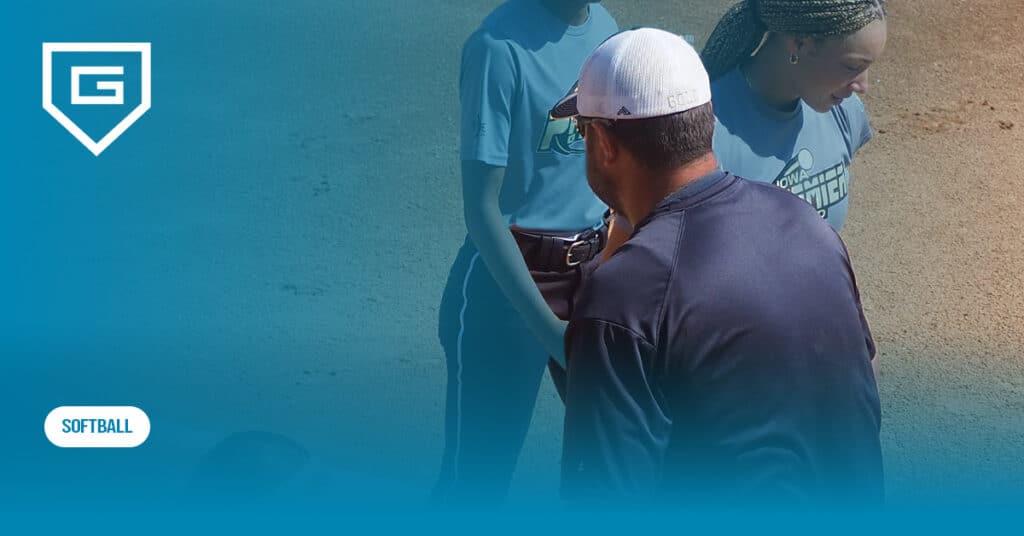Best Youth Baseball Equipment for Every Budget
Reading Time: 11 minutes
Reading Time: 11 minutes
Coaches often struggle to find the best youth baseball equipment for their team.
They need to balance cost-effectiveness with quality so players have the necessary tools to develop their skills without breaking the bank.
In today’s article, we will share the best youth baseball equipment that helps your team stay safe, learn the game, and align with your budget.
The Essentials of Youth Baseball Equipment
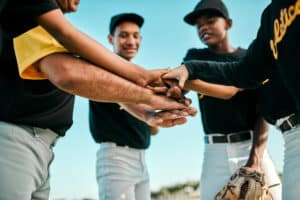
Let’s start with the equipment every youth team should have:
- Bats
- Cleats
- Helmets
- Gloves and mitts
- Catcher’s gear
- Cups
- Batting gloves
- Baseballs
- A baseball pitch-calling system
Safety considerations for young players
To stay safe, every team needs proper-fitting helmets, lightweight catcher’s gear with reinforced padding, and breakaway bases to prevent injuries.
Use age-appropriate bats with good weight distribution to help young players swing comfortably. Add regular safety drills to practice that teach kids to slide and field safely.
Durability vs cost: making smart investments
Baseball coaches can make wise investments by evaluating cost and durability of equipment.
You can buy more budget-friendly youth gear but investing in high-quality equipment upfront will save you money in the long run.
Teams with quality gear won’t have to replace it as much. It’s a better bang for your buck.
For example, full-grain leather gloves outlasts synthetic ones.
Youth Baseball Gloves and Mitts
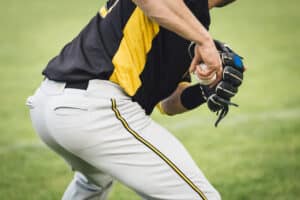
You should find the right glove for performance, comfort, and durability. Gloves vary by position, age, and material but should always fit snug and comfy.
Selecting the right glove size by position and age
- Tee-ball (age 4-6): 8″–10″ gloves
- Infielders (age 7-12): 10.5″–11.5″ gloves
- Outfielders (age 7-12): 11.5″–12.5″ gloves
- First basemen: 11.5″–12.5″ mitts with deeper pockets
- Catchers: 31″–32.5″ catcher’s mitts
Material options for different budgets
Youth baseball gloves and mitts can be made of different materials. Which one to buy depends on your budget.
Faux leather is the cheapest option. It’s lightweight and has quick break-in time for younger players who are just starting.
Full-grain leather is better quality and more durable. It molds to the player’s hand over time.
The highest quality gloves are premium steerhide or kip leather. These are used in MLB and take longer to break in but are super durable and custom-fit.
Top glove recommendations for youth players
- Teams with lower budgets can go for the Rawlings Sure Catch Series. This glove is easy to open and close so it’s great for players who are just starting out.
- Mid-range brands blend affordability and quality. The Wilson A500 is a strong option for this category. This glove is lightweight and made of full-grain leather. It has great flex so players can make catches and stay comfortable.
- Competitive young baseball players should opt for The Rawlings Heart of the Hide which is made of premium leather.
Proper care and maintenance to extend life
Proper care and maintenance of baseball gloves and sports items can make them last throughout the season. Kids can break in a new glove with a mallet or by playing catch regularly.
Keep the glove in a cool, dry place and put a ball inside the pocket to keep it from losing its shape. Players should clean dirt from their gloves after each use.
They can also apply a small amount of glove conditioner from time to time so the leather doesn’t dry out or crack during the season.
Batting Equipment for Youth Baseball
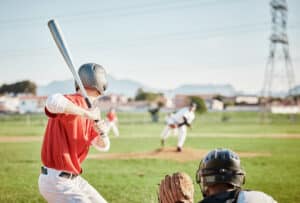
The right batting equipment helps young players develop their hitting skills and confidence at the plate. Buy a bat that meets league regulations and suits a player’s skill level. This ensures they can use the bat during each game and get the most out of baseball hitting drills at practice.
Youth baseball bat regulations and standards
- USA Baseball (USA Bat) – Required for most recreational leagues and has a wood-like performance
- USSSA (BPF 1.15) – Used in travel ball and offers more pop and greater exit velocity
- BBCOR (.50 BPF) – Required for high school and college ball for reduced trampoline effect
- Tee-Ball (USA Marked) – Lightweight bats for ages 4-6 for soft baseballs
How to choose the right bat weight and length
The right bat for kids is comfortable to swing without losing control. A bat that’s too heavy will slow down a player’s swing and risk developing bad habits or potential injuries. One that’s too light will reduce power. The bat should also reach the player’s hip when standing and feel okay being swung with one hand.
Players should use the “Drop Weight” measurement (length minus weight) to find the right bat.
Younger players aged 7-10 usually choose Drop -10 to -12. Older players aged 11-13 switch to Drop -8 or -5 before moving to BBCOR -3.
Budget-friendly options versus premium bats
Budget-friendly options are made of one-piece alloy for a durable bat at a lower price. These bats are solid but have smaller sweet spots.
Premium bats are made from composite materials and have multi-piece construction to reduce vibration and increase power. Composite bats are more expensive but give larger sweet spots and better all-around performance.
Younger players should try an alloy bat to start. It is more affordable and better for beginners. Batters who have more experience usually buy composite bats. These high-end options help increase speed and power.
Youth Baseball Catcher’s Equipment
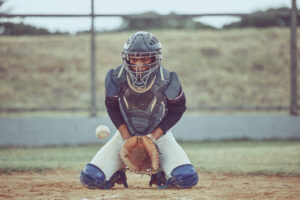
All catchers need a specific set of gear, including a helmet, chest protector, leg guards, mitt, and catcher’s wristband system for pitch calls during practices and games.
Complete catcher’s gear sets vs. individual pieces
Young catchers can order ready gear sets or purchase individual pieces.
Complete sets include a helmet, chest protector, and leg guards. A player-ready gear set gives uniform protection at economical prices.
Some people buy separate pieces because they want to customize their gear, stay with their favorite brands, or find the right match for their body shape. This works great for players who have atypical body dimensions and need specific features.
Safety requirements for youth catchers
- Catcher’s helmet: Protects a catcher’s head and comes with a mask
- Chest protector: Shields the chest area from impact
- Leg guards: Protects the catcher’s knees, legs, and tops of feet
- Catcher’s Mitt: Lowers the sting from catching fast pitches
- Protective Cup: Safeguards the groin area
Affordable options that don’t compromise protection
Brands like All-Star, Rawlings and Mizuno have youth catcher’s gear set discounts from $150 to $350. These catcher sets have good padding and lightweight materials so youth players are safe and comfortable during the season.
Sizing considerations for growing players
Youth baseball players 12 or younger need a catcher’s mitt 32″ or smaller. Their catcher’s mitt is usually 32.5″ or larger once they turn 13.
Most gear has adjustable straps to fit players as they grow. Some catcher’s gear has removable padding to add as a player’s body develops.
This youth baseball equipment lasts multiple seasons so kids don’t have to buy new gear all the time.
Youth Baseball Footwear and Uniforms

Youth baseball uniforms that follow each league’s dress code get young players in the team spirit.
Cleats vs molded shoes: what’s good for each age group
Molded cleats with rubber spikes are better for younger players as they provide more traction and are usually more comfortable. They are also cheaper and safer than other cleats.
Metal cleats can help older players get faster and more agile on the field. That’s why high school, college, and professional baseball players wear metal cleats. They are more expensive than molded cleats but can be more dangerous for less experienced athletes.
Uniform essentials and team apparel options
Baseball team outfits include:
- Jerseys with team name
- Baseball cap
- Baseball socks
- Baseball pants
One way to manage uniform costs is to place bulk orders and get discounts for large purchases. Throw a fundraiser and get local business sponsorships to limit out-of-pocket expenses and get everyone involved.
Performance wear for different weather conditions
Players should wear lightweight, absorbent uniforms to stay cool and comfortable when playing in hot weather.
They can wear insulated clothing in cooler weather to stay warm and ready to go. Water-proof pants and jackets help on rainy days to stay dry.
Youth Baseball Practice and Training Equipment
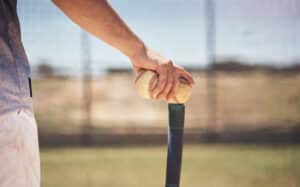
A great youth team has well-planned training sessions with the right equipment to improve kids’ skills and help them learn the game.
Must-have training aids for batting practice
Batting tees are great for helping players work on their swing and get better at hitting. Pitching machines throw consistent pitches to teach kids timing and technique while batting. Coaches can add weighted bats to practice for better swing strength and speed.
Fielding and pitching practice equipment
Baseball fielding drills include training gloves and fielding trainers so kids learn to catch and throw more accurately. Pitchers who use resistance bands and pitching targets during baseball pitching drills build arm strength and accuracy.
Affordable alternatives to expensive training systems
You don’t always need fancy, expensive equipment to get the job done. Teams on a budget can use cost-effective, practical tools—such as broomsticks and bottle caps—to build hand-eye coordination.
Smartphone cameras are great for reviewing a player’s swing or pitching technique.
Equipment-sharing strategies for teams on a budget
Youth baseball programs could also share equipment. Collaborate with local teams to get bulk orders and reduce costs for baseball gear like helmets, catcher’s equipment, or pitching machines.
Youth Baseball Safety Equipment and Protective Gear

The safety of young players is the most important concern for baseball coaches. That’s why players must have the protective gear they need for their age and field position.
Required safety equipment for different age groups
- Tee ball: Players use batting helmets, gloves, and cleats recommended for their age.
- Little league and travel baseball: Youth baseball catchers need chest protectors, shin guards and a catcher’s helmet with a throat guard. All players use molded cleats to ensure safety.
- High school baseball: Teens use protective cups and full catcher’s gear during all games and practices. High school players are more experienced and can wear metal cleats, even though they may present safety risks.
Protective gear recommendations beyond the basics
Youth baseball players must use attachable face guards on batting helmets to protect them against wild pitches and foul balls.
Elbow and shin guards shield players from getting hurt while batting or running bases.
Some shirts have built-in heart guards that cover the chest area so players don’t take direct, line-drive hits to the chest.
Budget-friendly safety solutions
- Bulk purchase gear
- Consider buying lightly used equipment
- Search discount retailers first
Create a safety-first equipment culture
Coaches should always put safety first in youth baseball. Teach kids about their protective gear and make sure all equipment is in good condition.
Demonstrate how to use safety gear—like helmets and face masks while batting or catching—to set an example for young athletes.
GoRout Diamond: Youth Baseball Coaching Evolution
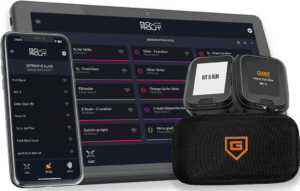
Transform team communication, coordination and performance with GoRout Diamond, the top-notch electronic pitch-calling solution trusted by coaches nationwide.
Engineered by coaches, for coaches, this innovative coach-to-player communication system stops guesswork, delays, and miscommunication, helping teams execute strategies in any environment.
Built for excellence: Made in the USA
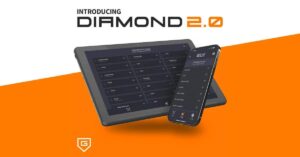
Created through a partnership with Pennsylvania-based Connect America and Georgia’s KORE Wireless, GoRout Diamond combines American ingenuity with military-grade durability.
Its cellular-powered design operates independently of WiFi, ensuring seamless functionality wherever your season takes you.
How GoRout Diamond works
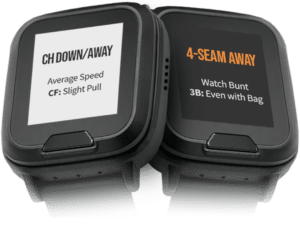
- For coaches: Design custom playbooks in seconds via an intuitive web dashboard. During games, send encrypted pitch calls directly to players’ devices using the streamlined mobile app—no more stolen signs or confusion.
- For players: Lightweight, wearable wristbands display real-time calls with ultra-bright screens optimized for sunlight visibility. Switch between light/dark modes to adapt to any lighting condition.
- For NCAA teams: Stay compliant with a single-app tablet approved for in-game use, ensuring adherence with collegiate standards.
Seven game-changing features
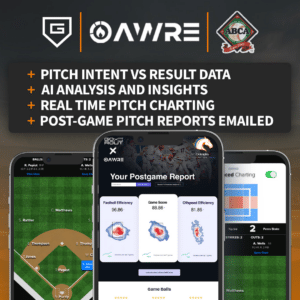
- Instant, encrypted communication: Send pitch calls in milliseconds with advanced security to protect your strategies.
- Custom playbooks and signals: Tailor every call to your team’s unique style using an easy-to-edit digital library.
- All-weather reliability: Rain or shine, rugged baseball communication devices perform flawlessly in extreme conditions.
- AI-driven analytics: Analyze pitch intent vs. outcome, track real-time charts, and decode opponent patterns with smart insights.
- 12-hour battery + rapid charging: Outlast doubleheaders on a single charge, with full recharging in under 60 minutes.
- Budget-friendly flexibility: Start small or scale to full-squad packages.
- Lifetime Warranty: Play fearlessly—every device is 100% guaranteed against damage.
See why elite programs rely on GoRout Diamond. Explore testimonials and case studies showcasing faster decision-making, reduced errors, and measurable performance gains.
Get a quote or visit the online shop.
Building a Budget for Youth Baseball Equipment
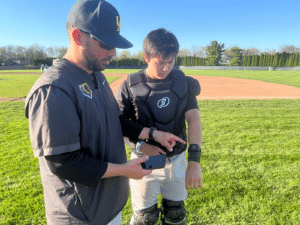
Coaches must budget for their youth baseball equipment to buy everything they need for a winning season.
Prioritizing purchases for new teams
New teams should buy basic equipment first—bats, balls, helmets, and gloves. All gear must meet league standards and focus on player safety.
Getting the most value for your money
Baseball teams can look for discounts from suppliers, buy in bulk, and shop for used baseball gear that’s in working condition.
Fundraising ideas for equipment
Travel baseball fundraising ideas include hit-a-thons, car washes, partnering with local businesses for sponsorships, or team restaurant nights that bring in money.
The real cost of quality equipment
Quality equipment is more expensive upfront because it’s more durable and lasts longer. Coaches won’t have to replace it as much, so it offers better value to youth teams.
Maintaining and Storing Youth Baseball Team Equipment
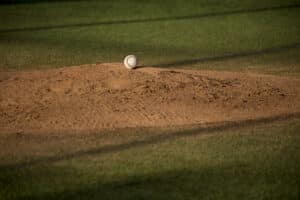
Coaches should always store youth baseball equipment correctly.
Equipment management system
Teams can create an equipment management system where all gear is checked and cleaned regularly. Coaching staff must assign each team member responsibilities to teach them to be responsible for their gear.
Schedules for cleaning and maintenance
Make regular cleaning and maintenance schedules so equipment lasts longer. Uniforms should be washed in cold water and air-dried so they don’t shrink or color fade.
All catcher’s gear should be wiped down after each practice or game to get rid of dirt and sweat. Coaches should check helmets for cracks or damage after each use.
Proper storage to extend equipment life
Store your gear in well-ventilated, dry bags so moisture doesn’t build up and lead to mold and odors. Don’t stack bags and catcher’s gear padding so it keeps its shape.
Repair versus replace worn equipment
Minor issues—like loose straps on the catcher’s gear—can be easily repaired. These are not a direct safety concern for young players.
More serious issues include cracks in helmets or gloves. These items do affect player safety and need to be replaced ASAP.
Conclusion About Youth Baseball Equipment
When it comes to youth baseball equipment, investing in quality gear is all about keeping the kids safe and helping them improve their skills and confidence.
Look for lightweight equipment that matches their age like composite bats, gloves that are ready to use, and helmets with good ventilation.
Ensure proper fit and durability to withstand growing athletes. Always verify league compliance standards.
By balancing performance and affordability, parents and coaches empower young players to excel while fostering a lifelong love for the game.
FAQs About Youth Baseball Equipment
What equipment do you need for youth baseball?
Youth baseball equipment includes baseball bats, batting gloves, cleats, a uniform, an athletic cup, helmets, and a great coach-to-player communication system.
What size bat should a 7-year-old use for baseball?
A baseball bat for a 7-year-old should be between 24 and 27 inches long. This lightweight bat should have a drop of -13 to -10 so players can control the swing and get more contact with the ball.
Is AA or AAA better in youth baseball?
AA is the primary competitive level in baseball. AAA is at a more advanced level, with higher competition throughout the country to prepare players for the major leagues.

